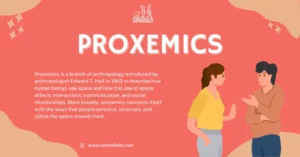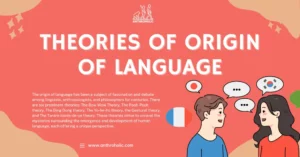AI Answer Evaluation Platform Live Now. Try Free Answer Evaluation Now

Haptics
Haptics is the science of touch in human and non-human communication. This study encompasses both the sensation of touch physically received and the technology that aids these interactions. Anthropologically, haptics offers a distinctive lens through which we can explore cultural nuances and variations in human behavior and communication.











